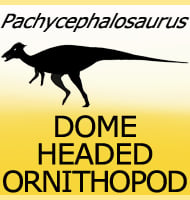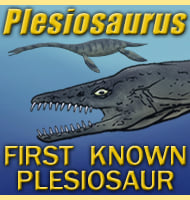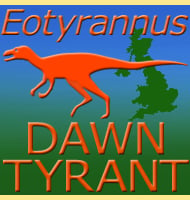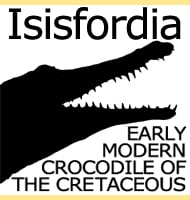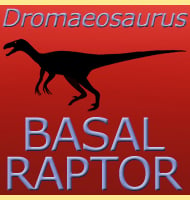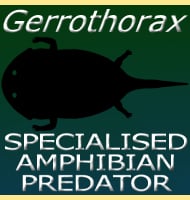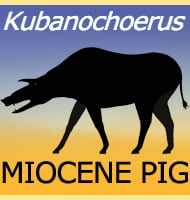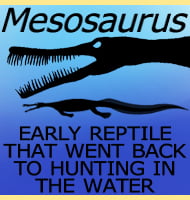In Depth
Hagryphus is another one of those dinosaur genera that teases us about a prospect of being unusually large, yet known only from partial remains, in this case a hand. At about thirty centimetres long this hand is larger than that known for any other oviraptosaur with the sole current exception of Gigantoraptor. This in turn has led to a very rough estimate of the genus of about three meters long for the holotype and if this is correct then Hagryphus would be the largest known oviraptorid dinosaur on the North American continent. For comparison, most known oviraptorids are under two meters in length, though some such as Citipati from Asia are thought to have been comparable in size to Hagryphus. All these pale in comparison to the aforementioned Gigantoraptor however, which was at least eight meters and almost three time larger than the estimate for Hagryphus.
The Hagryphus holotype fossil was recovered from the Kaiparowits Formation in Utah. An increasing number of dinosaur genera have been discovered in this formation since the start of the twenty-first century, and these as well as many other established genera are now known. These include hadrosaurs like Parasaurolophus and Gryposaurus as well as ceratopsian dinosaurs such as Utahceratops, Kosmoceratops and Nasutoceratops. Being plant eaters and aside from possibly being territorial and protective of young, most of these dinosaurs probably would not have bothered about Hagryphus. Serious threats to Hagryphus however may have come from troodontid dinosaurs like Talos, and particularly tyrannosaurs like Teratophoneus.
Further Reading
- A new oviraptorosaur (Theropoda, Maniraptora) from the Late Cretaceous (Campanian) of Utah. - Journal of Vertebrate Paleontology 25(4):897-904. - L. E. Zanno & S. D. Sampson - 2005.


